Analog Sensor & Pneumatic Trainer kit
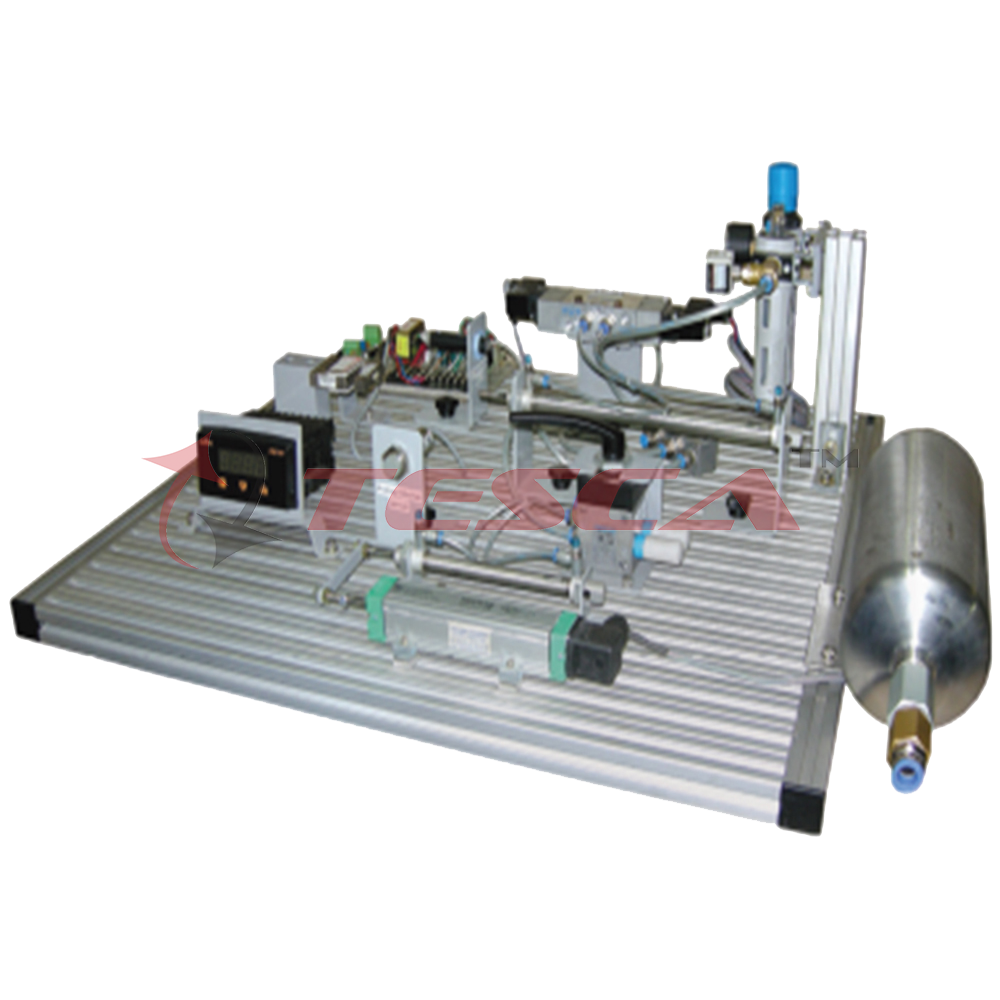
Order Code: 54028
Category: Mechatronics/ Robotics/ CNC Lab
Sensors make the foundation of automation and Internet of Things in order to communicate state of device from operations, maintenance, performance, application perspectives. Understand & discern the functionality, response of various analog sens...
SPECIFICATION
Sensors make the foundation of automation and Internet of Things in order to communicate state of device from operations, maintenance, performance, application perspectives. Understand & discern the functionality,
response of various analog sensors, switches, drives & other measurement devices and also learn about combining and measuring these devices as a whole or as an individual unit. The kit includes several industry standard sensors used in diverse engineering, process and automation applications.The Sensor Trainer can work as a stand-alone system or combined with PLC . As stand-alone system, the equipment can be used in disciplines such as STEM (physics) learning, electrical and electronics, instrumentation, mechatronics, automation, manufacturing.
Learning Objectives
- Having successfully completed this lab, the student will demonstrate knowledge in
- Introduction to Analogue & Process sensors
- Study of Sensors – Analogue, digital & Process sensor.
- Sensor in control system.
- Study of transient response, stability & controllability of sensors
- Application of sensors in industries
Analog Sensor Module And Pneumatic Module
Built on an aluminium profile plate, this trainer offers to build the concepts of basics in sensor technology, with a focus on analog sensors prevalent in the current industry. Advanced industry applications and experiments along are presented here through utilization of industrial components. This trainer has a single sided workstation upon which the following components can be easily mounted to build simple applications & conduct experiments.
|
SPECIFICATIONS |
|
|
Aluminium profile plate for mounting the components with appropriate number of mounting brackets |
1 no. |
|
Distribution unit with power supply,16 banana sockets & Switches |
1 no. |
|
Digital multimeter |
1 no. |
|
Digital Vernier caliper 0 - 150 mm |
1 no. |
|
Linear Potentiometer 0 -100 mm |
1 no. |
|
Steel Ruler - 1000 mm long |
1 no. |
|
Positioning slide for work price |
1 no. |
|
LVDT 0-5 mm |
1 no. |
|
Analogue Fiber optic distance sensor |
1 no. |
|
Analogue inductive distance sensor |
1 no. |
|
Analogue ultrasonic distance sensor |
1 no. |
|
Manifold Distributor |
1 no. |
|
Service unit pressure regulator & gauge |
1 no. |
|
Accumulator (tank) Dia 120 x 300 mm long |
1 no. |
|
Panel mounting Value |
1 no. |
|
Cylinder Dia 16 x 100mm |
1 no. |
|
Quick connection connectors, piping |
1 no. |
|
Control valve |
1 no. |
|
Strain gauge unit (Defective arm) |
1 no. |
|
Signal processing Unit for strain gauge |
1 no. |
|
Weight Set |
1 no. |
|
Force sensor unit |
1 no. |
|
Pressure sensor 0 - 8 bars. |
1 no. |
|
TEST pieces |
1.SET |
|
24v dc power supply |
1 no. |
- Technical Literature : Sensor Manual with Exercises (CD) 1CD
- DIMENSION : 800 x 600 x 250 mm
- Weight : 50 kg(approx.)
- Packed Dimensions : 900L x 700W x 550H weight - 80 kg approx.
Training Skills–
- Mode of operation properties & Characteristics
- Applications & Selection of sensors
- Sensor adjustment & limitations
- Applications & Lubrication
- Overview of designs used in industrial applications of inductive, optical & ultra sonic sensor for non contact
- Electrical connections & Electrical Circuit diagram Study Weight : 50 kg(approx.)
- Measuring techniques & Technical data of sensors
- Sensing range study with Different materials & sizes
- Study of application of sensors & Actuating limitations
Experiments –
- Measurement of Linear position variation
- Measurement of pneumatic pressure level in the system
- Experiments by varying module weight at different locations & measurement using strain gauge
- Experiments for validating the various capabilities and response of different types of sensors with different conditions for (Inductive, ultra sonic, reflective, Fiber optic sensors etc.)
- Measurement and comparison of linear actuator-Force measurement using sensor and other integrated applications
- Response curve generation for the cylinder based on Force of actuation for varying actuation speeds


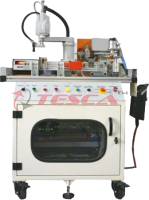
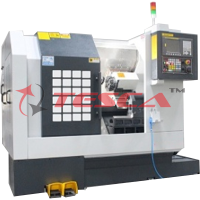
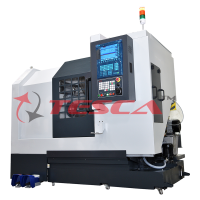
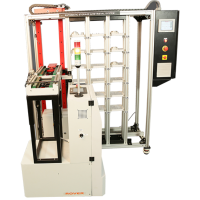
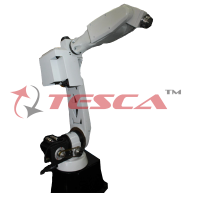
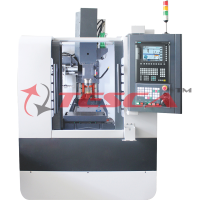
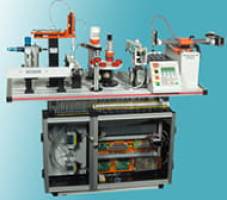
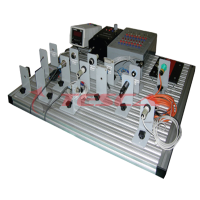

 91-9829132777
91-9829132777